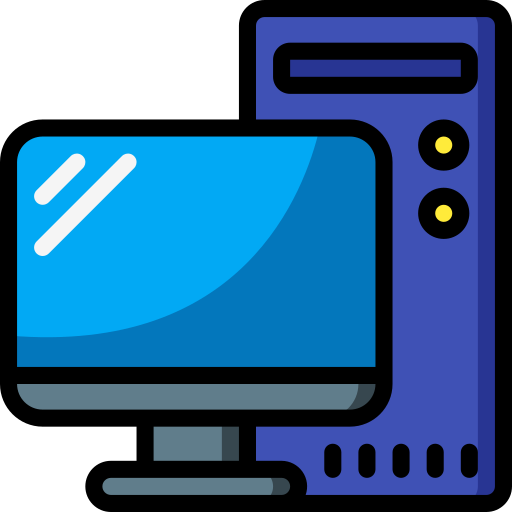Have a look at Patrick Kennedy’s reviews on yoochoob under ServeTheHome - there’s some fantastic hardware available now
I ended up buying something from AliExpress, which I was initially reluctant to do - but Patrick’s reviews convinced me
For detailed reviews his site’s got the details from the videos: https://www.servethehome.com/



With respect, you wouldn’t install these by just doing an update, so
pacman -Syuis fine.You would have needed to install these manually, or a package that depended on them - both from AUR - so you’d also need to use
yay(etc) to install them.But - I totally agree with your points that tge names look innocent enough for someone to install those over other packages.
Always look at the AUR (website) at the package details - if it’s new(ish) and has 0 or 1 votes, then be suspicious.